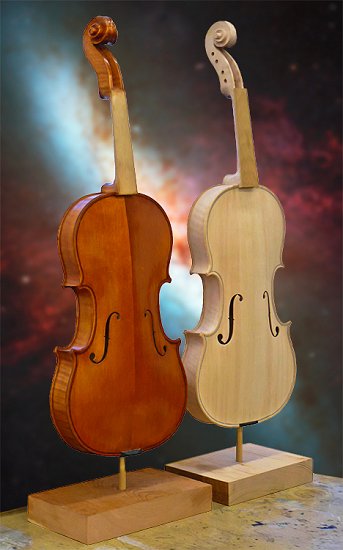
Part III
Theory and practice amplify each other’s value
Ideas stimulate new thinking. They interrupt habitual assumptions. Examples ground us in real life. They give ideas form. If we focus just on ideas, we run the risk of getting lost in abstractions. If we just look at practical examples, we could miss seeing larger patterns that encourage innovation and the adoption of great work.
As someone who thrives on the abstract, I’ve come to appreciate that stories of what’s working bring ideas to life. Through stories, practice informs theory.
Often, the role of luminaries is to bring new thinking — theory — to gatherings. A few ideas can go a long ways towards influencing the work of the people attending. Theories provide frameworks and language that can make successful practices easier to grasp.
What is less often present in gatherings is the opportunity to learn about the good work attendees are doing. Great designs for gatherings make the most out of the gifts brought by everyone who comes. Every group contains a range of experiences. Some are newcomers seeking to learn about what already exists. Others are veterans, with a myriad of stories that illuminate years of learning. Some are theorists, pattern seekers wanting to make visible essentials of what works. And there are pragmatists, who don’t care why something works. They’re just focused on making good things happen. While there’s often a tension between theorists and practitioners, I find that each is enriched by the presence of the other.
Design Suggestion
Include a variety of activities. Spend some time introducing new ideas. Spend some time showing off work done by people who are present. And use the majority of the time for people to interact.
If having luminaries engage with the whole group is a useful way to introduce new ideas and theories, inviting people in the room to share their work is a great way to learn through successful examples. Interactions are the glue, helping us to clarify our thoughts, connect with others, and more deeply integrate the experience.
Part II dealt with good ways to engage luminaries with the group to bring the spice of new ideas. Open Space is a clear winner for maximizing group interactions. Ah, but that middle activity…when you’ve got dozens of examples of great work and not necessarily skilled storytellers, what designs optimize the sharing? Next week’s post is devoted to that subject…


[…] Mix theory and practice so that they inform and amplify each other. […]